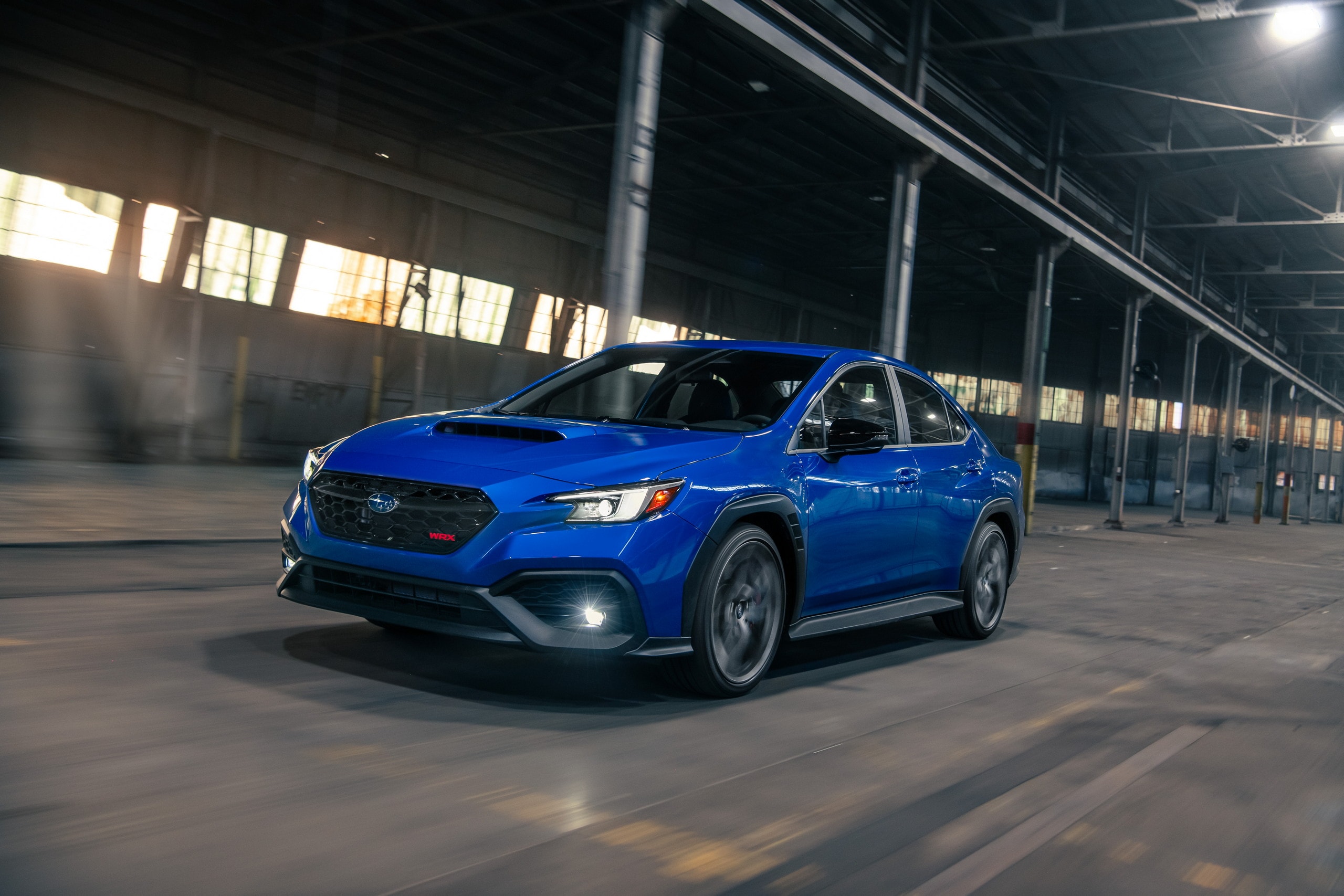The 2025 Subaru WRX tS, as reviewed by Lyn Woodward for Kelley Blue Book, highlights a fascinating trend in the automotive market: a resurgence of interest in manual transmissions. Despite the increasing dominance of automatics, dual-clutches, and CVTs, the WRX, particularly in the US, continues to buck the trend with a strong preference for the three pedal setup.
A staggering 83% of WRXs sold this year have been manual, up from 79% in 2023. However, this trend is more of an exception than a rule. According to J.D. Power, manual vehicles accounted for a mere 1.7% of new vehicle sales in 2023. This disparity can be attributed to several factors, including pricing and regulatory hurdles.

High-performance manual cars, like the BMW-powered Toyota Supra starting at $56,250 or the BRZ-twinned GR86 at $29,950, can be prohibitively expensive for many consumers, especially considering the average weekly earnings of full-time workers in the US. Additionally, stringent emissions, fuel economy, and noise regulations often favor automatic transmissions, which can be more efficient and quieter.
A prime example is the Cadillac CT5-V Blackwing, which achieves better fuel economy with its 10-speed automatic transmission compared to the manual option. The conventional wisdom suggests that more fuel consumption inevitably leads to increased emissions. However, the complexities of automotive engineering offer a nuanced perspective.
The decision to equip a vehicle with a manual or automatic transmission is a multifaceted one, influenced by factors beyond fuel efficiency. Automakers often face significant development costs when designing vehicles for both configurations. Furthermore, the pursuit of optimal performance metrics, such as lap times and quarter mile acceleration, has led some manufacturers to prioritize automatic transmissions.
In the case of the Subaru WRX, the manual transmission prevailed over the Subaru Performance Transmission (SPT) for several reasons. The manual transmission offers a more engaging driving experience, fostering a stronger connection between the driver and the vehicle. Additionally, it eliminates the droning noise commonly associated with turbocharged engines under acceleration.

While the SPT attempts to mimic the performance characteristics of a dual-clutch or torque-converter automatic transmission through predetermined gear ratios, it falls short in terms of driving enjoyment. The paddle shifters, though functional, are better suited for engine braking during downhill driving.
Due to limited research and development resources, Subaru likely opted to adapt its Lineartronic CVT for the WRX, despite its limitations compared to modern automatic transmissions.
The six-speed automatic transmission available in the rear wheel drive BRZ would have been a more suitable choice for the WRX, but practical constraints may have prevented its implementation.

